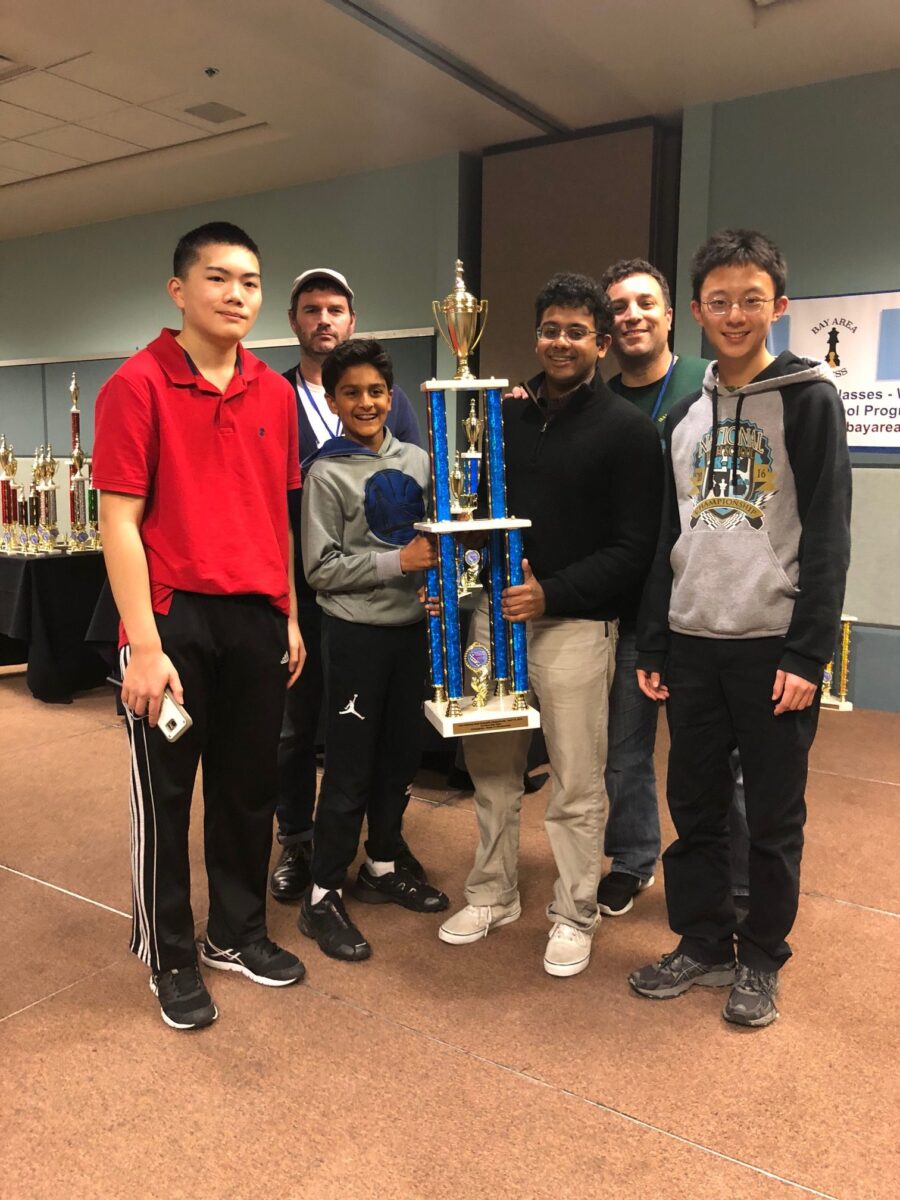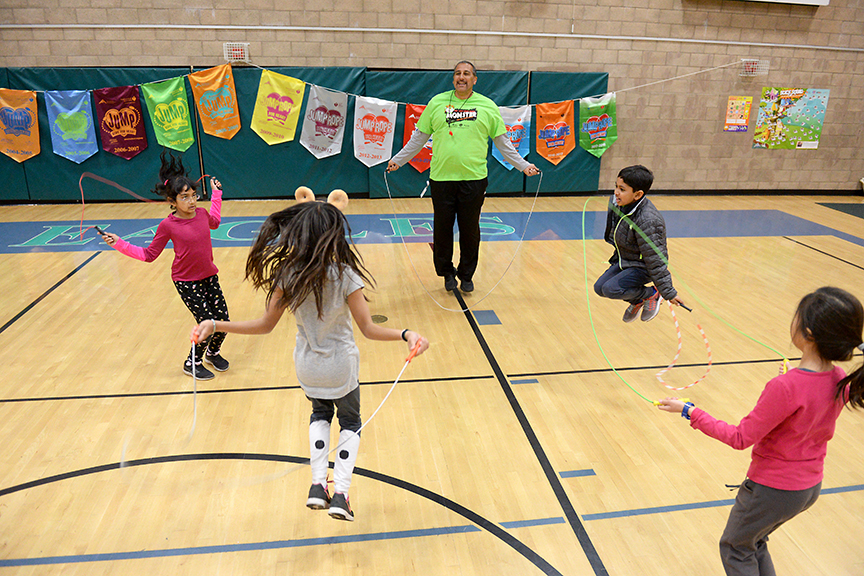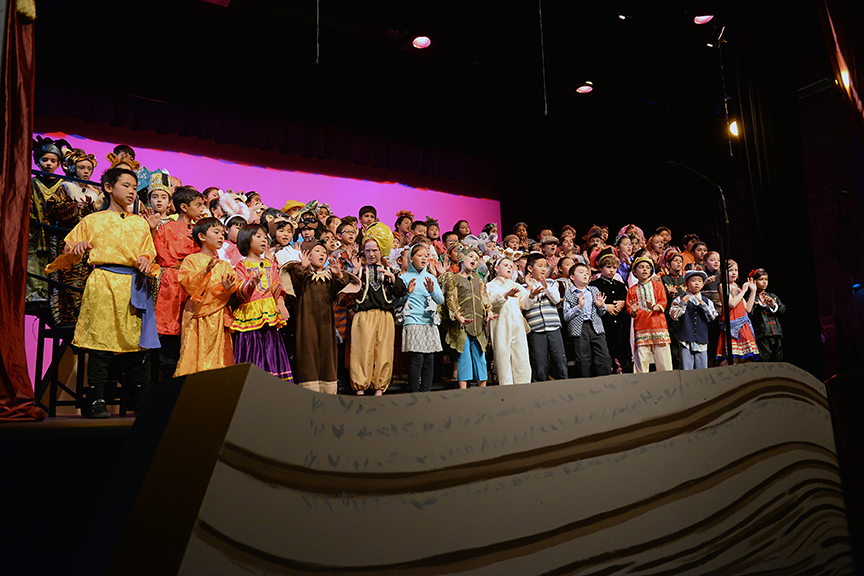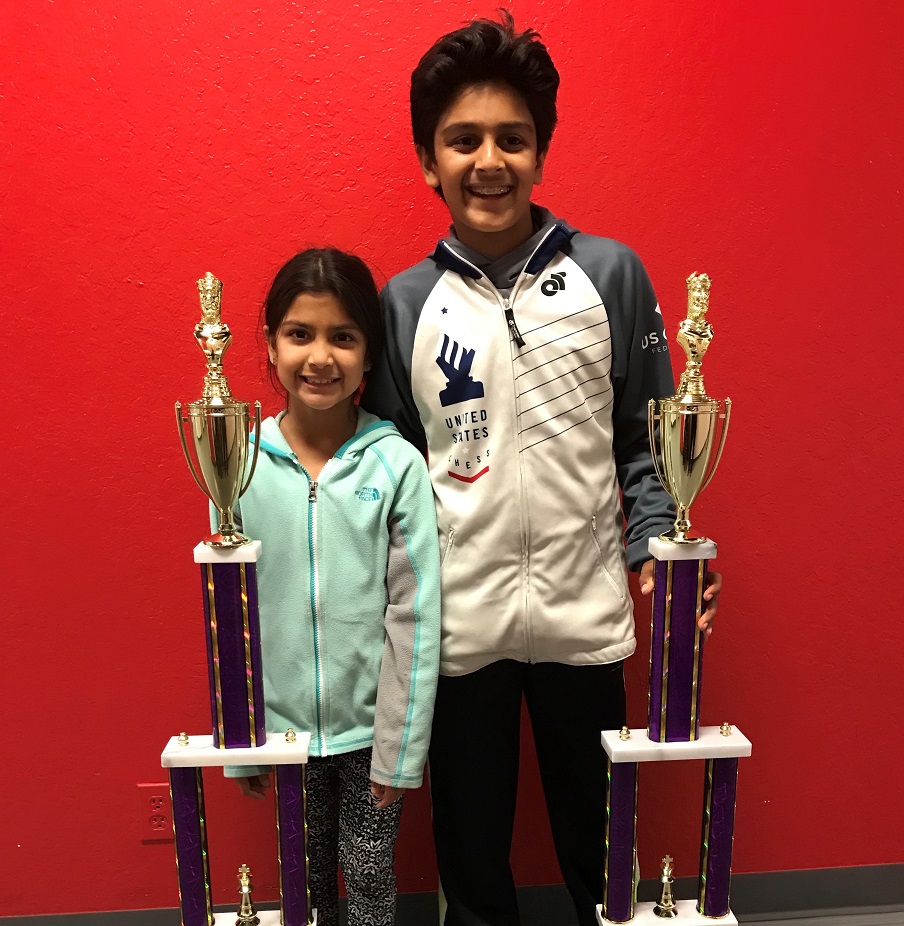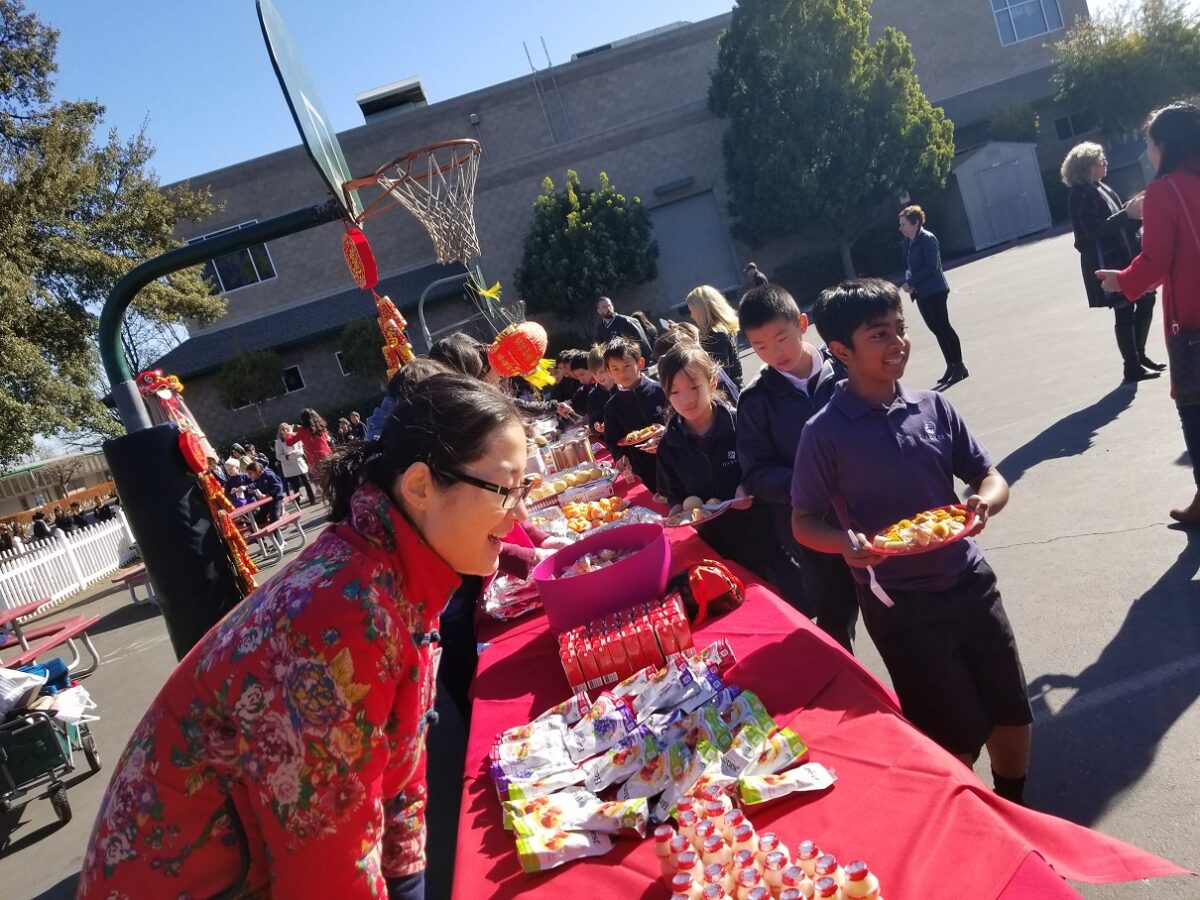Last week, grade 4 students made their annual trek to Coloma, gaining insight into the lives of Gold Rush-era miners as they lived the life for a couple of days!
Lower School
Multiple wins for Harker students at CalChess State Scholastic Championship
Buddying Up! Harker preschoolers bond with older pals in schoolwide buddies program
Jump Rope for Heart raises more than $17,000 for American Heart Association
Last month’s Jump Rope for Heart effort raised more than $17,000 for the American Heart Association, the largest amount since 2002.
Ogre Awards show celebrates stories from around the world
The annual Ogre Awards saw 88 second graders in costume as literary archetypes from various cultures, including Indonesia, Ecuador and Russia.
LS and MS athletes earn many top spots: eight first places, six undefeated seasons
This past winter was amazing, with many league and tournament championships – and a whole lot of fun! We started off in early winter with boys basketball and girls soccer and finished in late winter with girls basketball and boys soccer.
Lower school competitors victorious at U.S. National Junior Chess Congress
At the US National Junior Chess Congress in San Jose this past weekend, two lower school chess competitors turned in impressive performances in their respective age groups.
Lower school students celebrate Chinese New Year with morning meal and activities
The lower school celebrated the 2018 Chinese New Year on a brisk Friday morning.

